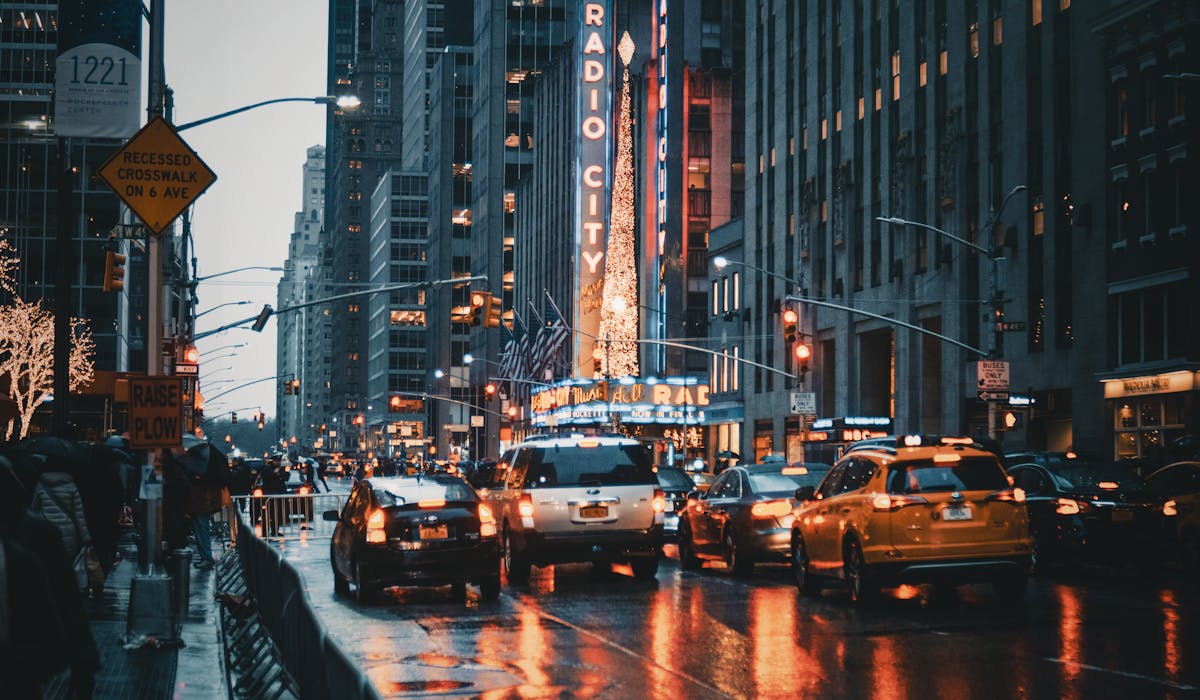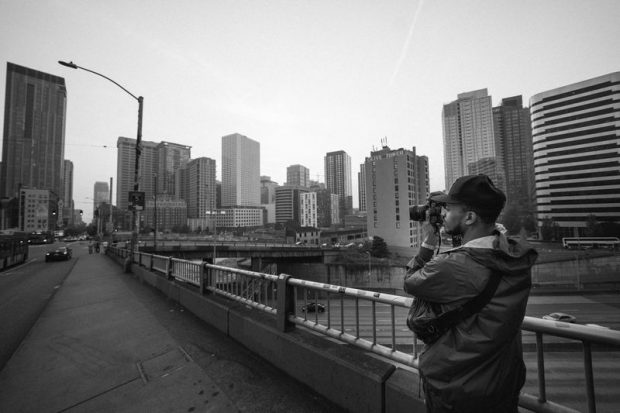Framing Streets - An Overview
Framing Streets - An Overview
Blog Article
The smart Trick of Framing Streets That Nobody is Discussing
Table of ContentsThe 9-Second Trick For Framing StreetsExcitement About Framing StreetsThe Ultimate Guide To Framing StreetsGetting My Framing Streets To WorkFraming Streets Can Be Fun For EveryoneFraming Streets Fundamentals Explained
, usually with the purpose of recording photos at a definitive or touching moment by careful framework and timing. https://www.domestika.org/en/framingstreets1.
, that was influenced to undertake a comparable paperwork of New York City. As the city established, Atget helped to promote Parisian roads as a worthy subject for digital photography.

See This Report on Framing Streets
Between 1946 and 1957 Le Groupe des XV yearly showed work of this kind. Andre Kertesz. Circus, Budapest, 19 May 1920 Street digital photography developed the significant web content of two exhibitions at the Museum of Modern Art (Mo, MA) in New York curated by Edward Steichen, Five French Professional Photographers: Brassai; Cartier-Bresson, Doisneau, Ronis, Izis in 1951 to 1952, and Post-war European Photography in 1953, which exported the idea of road digital photography worldwide.

An Unbiased View of Framing Streets
The recording device was 'a covert video camera', helpful site a 35 mm Contax hidden underneath his layer, that was 'strapped to the chest and attached to a lengthy cable strung down the ideal sleeve'. Nevertheless, his job had little contemporary impact as because of Evans' sensitivities regarding the originality of his task and the privacy of his topics, it was not released until 1966, in guide Several Are Called, with an intro written by James Agee in 1940.
Helen Levitt, then an educator of children, connected with Evans in 193839. She documented the temporal chalk illustrations - sony a7iv that became part of children's road culture in New york city at the time, as well as the youngsters who made them. In July 1939, Mo, MA's new photography area included Levitt's operate in its inaugural exhibitionRobert Frank's 1958 publication,, was significant; raw and commonly indistinct, Frank's images questioned mainstream photography of the moment, "challenged all the formal policies laid down by Henri Cartier-Bresson and Pedestrian Evans" and "flew in the face of the wholesome pictorialism and wholehearted photojournalism of American magazines like LIFE and Time".
Report this page